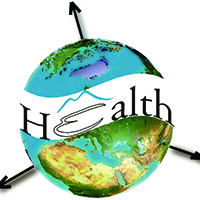Geographic clustering and region-specific determinants of obesity in the Netherlands

All claims expressed in this article are solely those of the authors and do not necessarily represent those of their affiliated organizations, or those of the publisher, the editors and the reviewers. Any product that may be evaluated in this article or claim that may be made by its manufacturer is not guaranteed or endorsed by the publisher.
Accepted: 16 April 2020
Authors
As a leading cause of morbidity and premature mortality, obesity has become a major global public health problem. It is therefore important to investigate the spatial variation of obesity prevalence and its associations with environmental and behavioral factors (e.g., food environment, physical activity), to optimize the targeting of scarce public health resources. In this study, the geographic clustering of obesity in the Netherlands was explored by analyzing the local spatial autocorrelation of municipal-level prevalence rates of adulthood obesity (aged ‰¥19 years) in 2016. The potential influential factors that may be associated with obesity prevalence were first selected from five categories of healthrelated factors through binary and Least Absolute Shrinkage and Selection Operator (LASSO) regressions. Geographically Weighted Regression (GWR) was then used to investigate the spatial variations of the associations between those selected factors and obesity prevalence. The results revealed marked geographic variations in obesity prevalence, with four clusters of high prevalence in the north, south, east, and west, and three clusters of low prevalence in the north and south of the Netherlands. Lack of sports participation, risk of anxiety, falling short of physical activity guidelines, and the number of restaurants around homes were found to be associated with obesity prevalence across municipalities. Our findings show that effective, region-specific strategies are needed to tackle the increasing obesity in the Netherlands.








